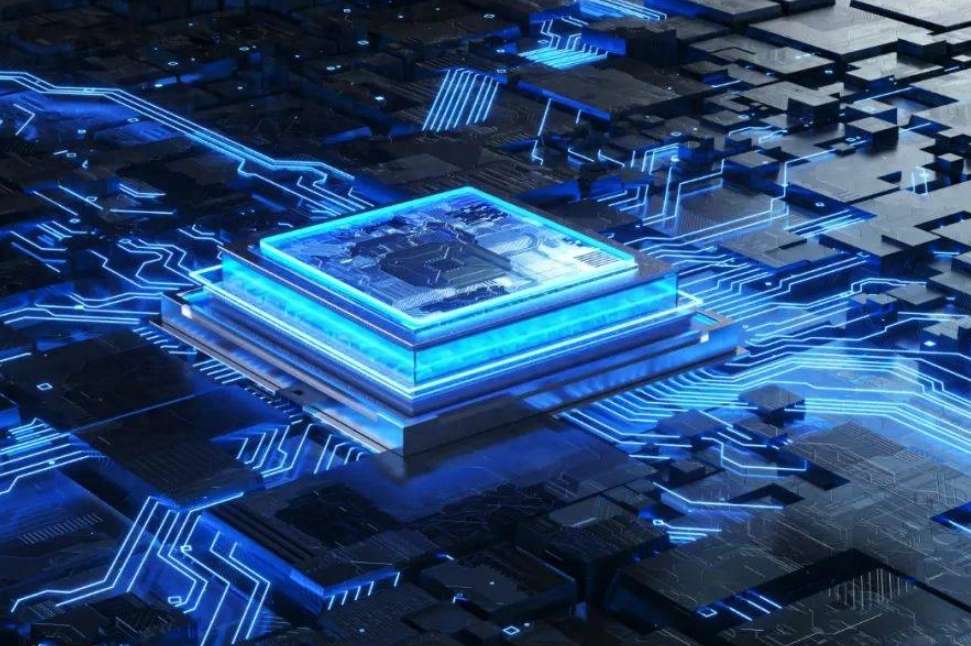From Chip Leader to Quagmire
Advertisements
The recent buzz around Intel, once the titan of chip manufacturing, has triggered speculations regarding a potential split within the company. Names like Broadcom and TSMC have emerged as key players betting on acquiring segments of Intel's business, notably its chip design and marketing assets. This development may signify a pivotal shift not just for Intel, but for the broader semiconductor industry as it grapples with dynamic competition and evolving technology demands.
As of recent reports, Intel's revenue for the fiscal year ending December 28, 2024, has shown a concerning 2.08% decline, amounting to $53.101 billion. Crucially, this downturn was exacerbated by a staggering 31.81% plunge in revenues from various subsidiaries including the autonomous vehicle startup Mobileye. As businesses navigate these declines, the context of diminished profits becomes stark; Intel's foundry services saw losses spike by 92.78%, reaching an astronomical $13.408 billion. This led to a dramatic reversal from a previous net profit of $4.423 billion in the prior year to a net loss of $566 million.
The unraveling narrative raises an imperative question: How did this trailblazer in microprocessor technology find itself in such a challenging predicament? Intel's legacy is monumental; founded in 1968 by semiconductor pioneers Gordon Moore and Robert Noyce, the company harnessed groundbreaking innovations that contributed significantly to the rise of Silicon Valley as a global tech hub. It became synonymous with the development of microprocessors, particularly the x86 architecture that dominated the personal computer landscape for decades.
However, the late 1980s and early 1990s marked a crucial turning point. Intel and Microsoft formed a powerful alliance known as “Wintel,” which shaped the computer industry landscape and fortified Intel's market stronghold. With a juggernaut-like market share that approached 90% by the late 1990s, Intel pushed forward with aggressive investments in new microprocessor designs, fiercely defending its position against competitors such as AMD.
Nevertheless, the market witnessed seismic shifts as smartphones and mobile devices began flooding the consumer market. The ubiquity of the internet and the rise of high-speed networks catalyzed this shift, leading to a decline in personal computer sales. By 2023, while Intel retained a commendable 68.4% market share in the x86 domain, it faced an uphill battle against the likes of ARM, where over 95% of smartphones rely on ARM-designed processors. The emergence of RISC-V, an open-source instruction set architecture, further complicated the landscape as companies like Huawei began exploring chips based on its framework.
Fast forward to the present, Intel's reliance on CPUs—central processing units that were once the backbone of computing—has proven less adaptable to the needs of modern artificial intelligence applications. In contrast, NVIDIA carved a distinct niche with its graphics processing units (GPUs), which excel in parallel processing—an essential capability for executing AI-driven computations more efficiently than CPUs could achieve.

Adding dimensions to this competitive landscape, NVIDIA’s meteoric rise underscores the need for performance that Intel struggles to meet amid an expanding product line and growing operational costs. Furthermore, while Intel adamantly maintains that it has the prowess to design and manufacture its chips, the realities are stark; most successful chip design firms outsource fabrication to specialized foundries like TSMC and Samsung due to the immense capital investment required for semiconductor manufacturing.
In past attempts to maintain autonomy, Intel has occasionally fallen short of fulfilling ambitious promises, having postponed the rollout of new manufacturing technologies multiple times, much to the chagrin of investors. TSMC and Samsung have marched ahead with their competitive advancements, underscoring Intel’s struggle with innovation—a trait that once defined the tech giant.
As whispers of a possible Intel breakup circulate, discussions about operational efficiency and strategic realignment grow louder. Splitting the company might pave new avenues for innovation, allowing focused entities to better adapt to fast-changing market dynamics. However, such moves could face resistance due to the emotional and economic weight carried by a brand deeply embedded in the fabric of American technology.
For U.S. stakeholders, Intel represents more than just an emblem of technological prowess; it carries national pride and economic significance. Broadcom's interest in customizing chip solutions echoes the sentiments of market growth, yet concerns linger about foreign manufacturing dominance, particularly when production facilities are situated overseas. Thus, navigating the path forward raises complications, particularly for politicians uneasy about the concentration of semiconductor manufacturing in Asia.
What would such a split mean for the industry, and who stands to gain? For Broadcom, it could spark opportunities for innovation in application-specific integrated circuits (ASICs) as they pursue Intel’s assets. Existing shareholders and investors in Intel may also breathe a sigh of relief as potential restructuring and focused management might breathe new life into a legacy burdened by operational complexities.
Ultimately, the intricate relationship between domestic and foreign supply chains, market leadership, and technological advancement underscores the looming question about the future of not just Intel, but the broader semiconductor ecosystem. Efforts to reassert American dominance in semiconductor technologies signal an intense period of competition, regulatory scrutiny, and strategic investments aimed at safeguarding a crucial industry that underpins modern economies.
As we stand at the intersection of innovation and operational reverberations, the landscape will require deft handling by all stakeholders. The road ahead for Intel remains uncertain, filled with both challenges and the potential for resurgence depending on how it chooses to navigate the currents of change sweeping across the industry and the globe.
Leave a comment
Your email address will not be published